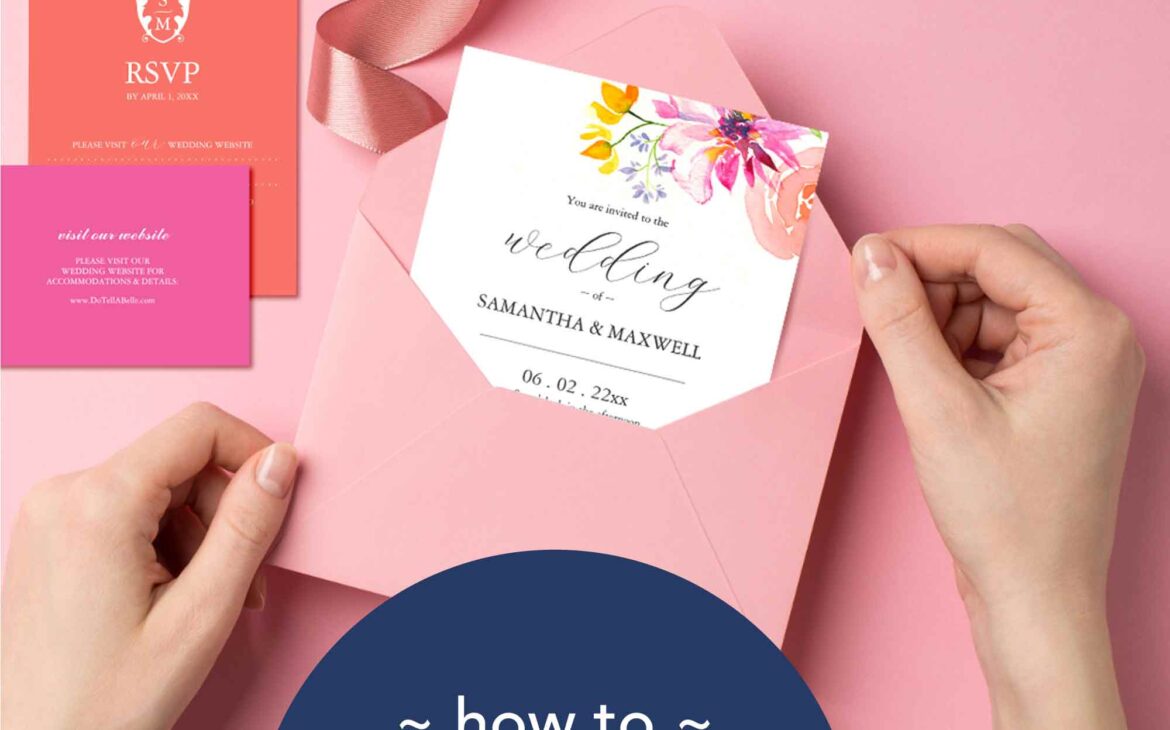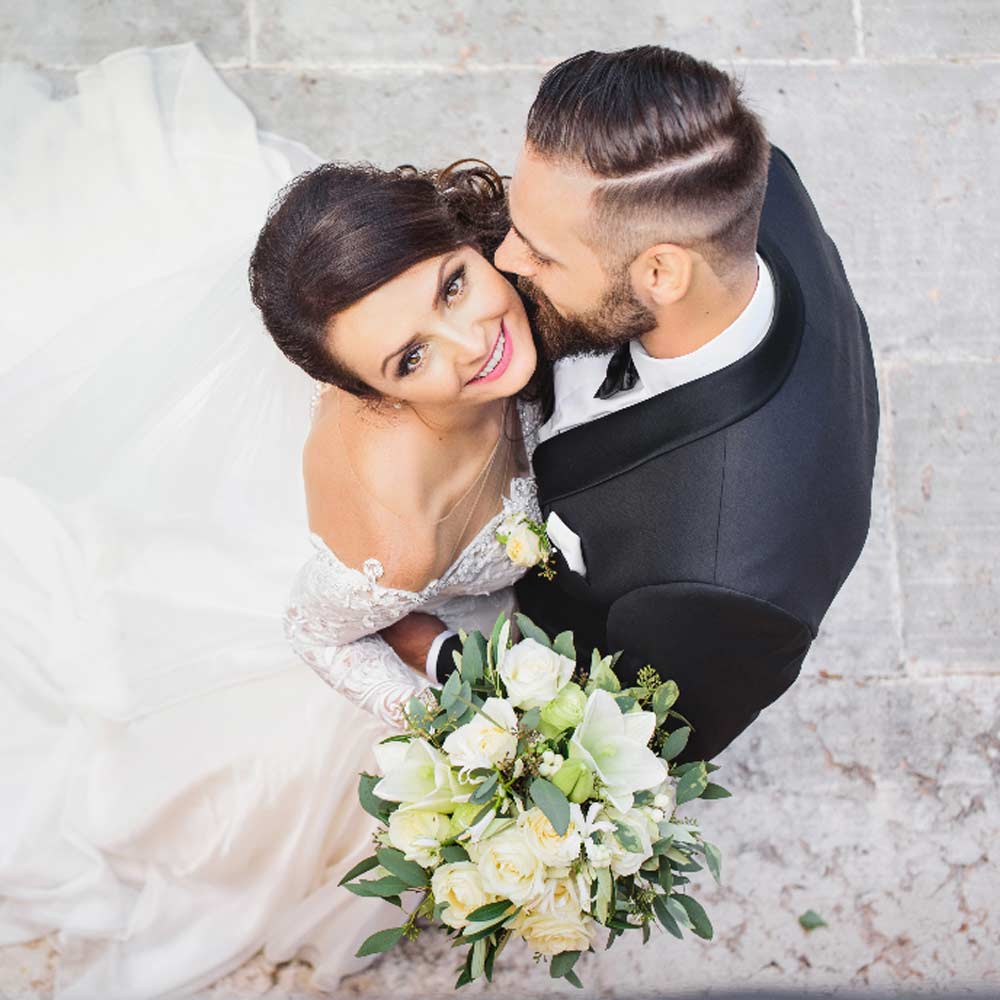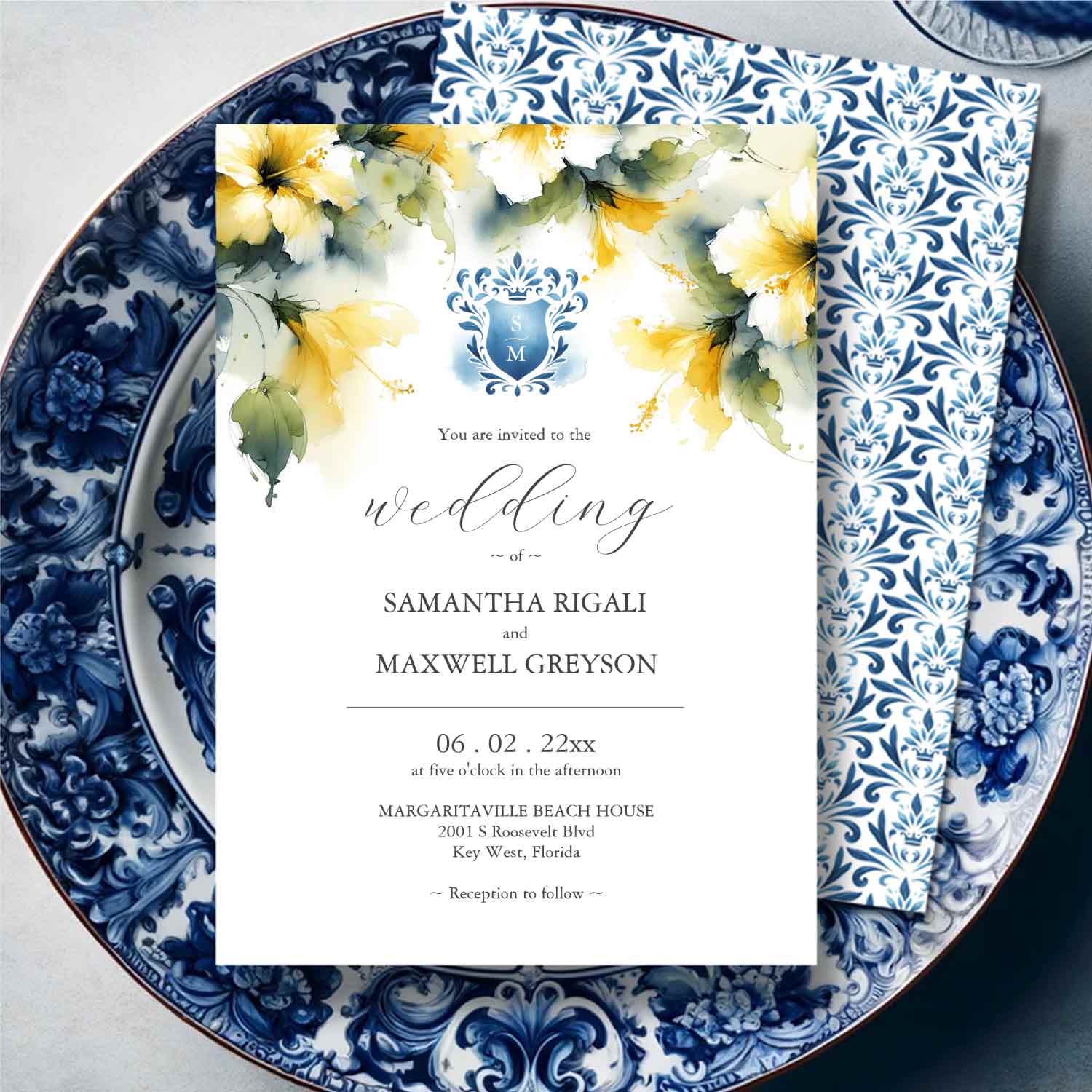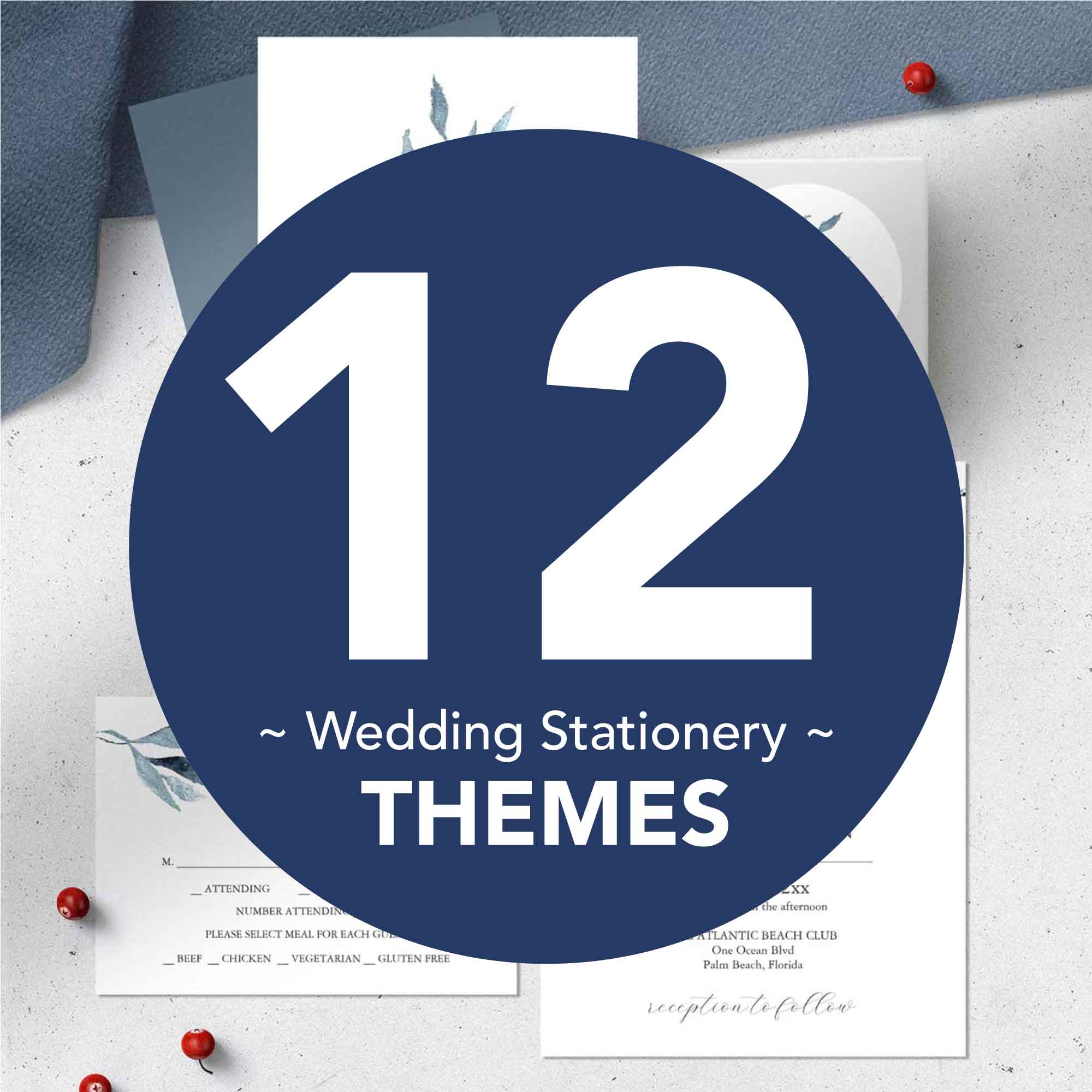Wedding invitations are the first glimpse guests have into the style and tone of your upcoming wedding. But beyond aesthetics, there’s a rich tradition and etiquette surrounding how names are presented on these formal announcements. Historically, the bride’s name precedes the groom’s, but as we navigate through more inclusive and diverse societal norms, many couples wonder: whose name should really go first? This article delves into the etiquette, considerations, and contemporary practices shaping how names are ordered on wedding invitations today.
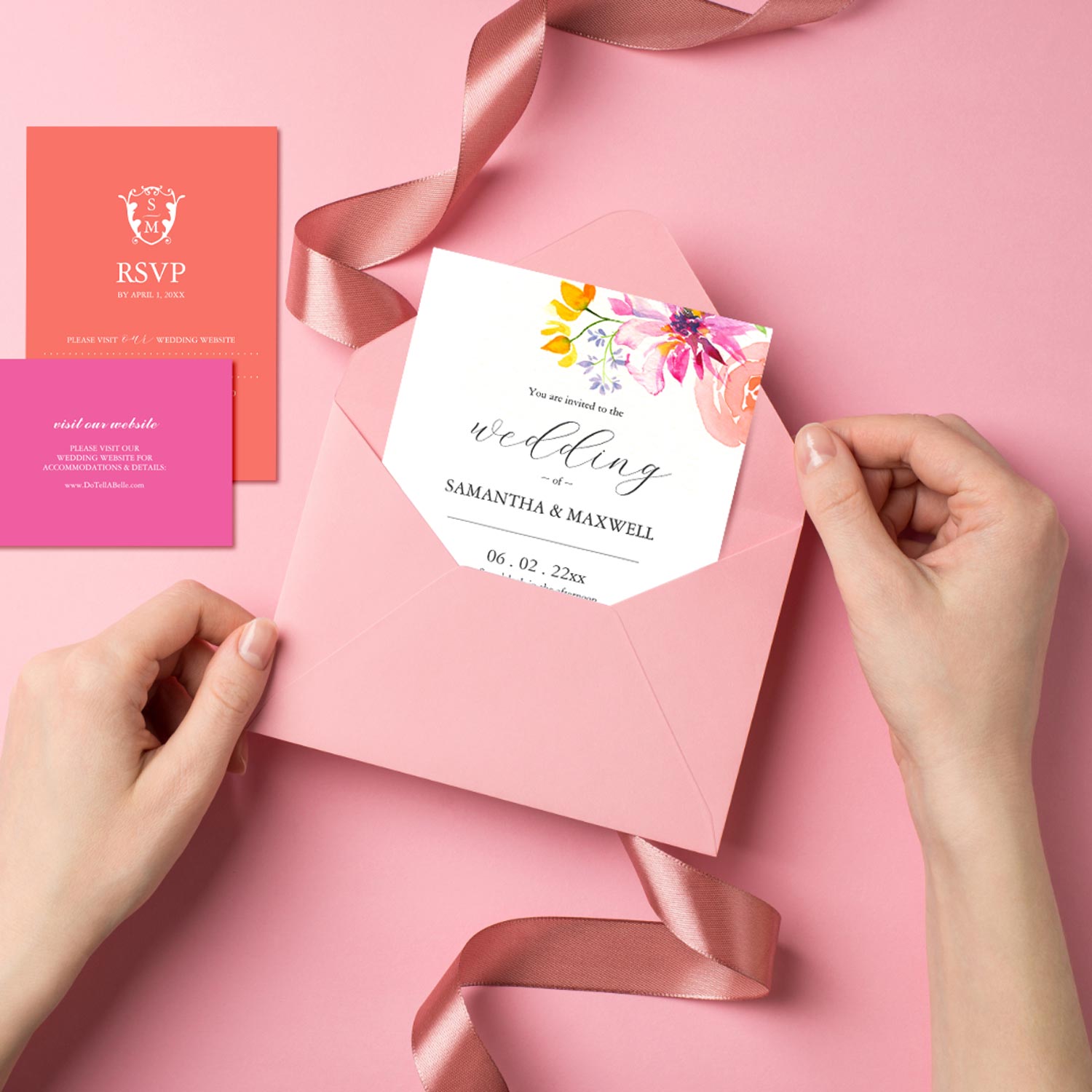
Understanding Traditional Etiquette
Traditionally, wedding invitations have followed a specific format, with the bride’s name appearing first, followed by the groom’s name. This custom stems from historical practices and societal norms where the bride’s family often hosted (and funded) the wedding, thus her name was presented first as a form of honor and recognition.
The Evolution of Wedding Invitation Norms
In modern times, the landscape of wedding planning and execution has evolved significantly. Couples now have the freedom to stray from traditional norms and choose invitation wording and formatting that best represents their unique relationship and personal preferences. This includes deciding whose name goes first on the invitation, a choice that can reflect equality, honor cultural traditions, or simply fit the couple’s style.
Symbolism and Significance
The placement of names on a wedding invitation is more than a matter of etiquette; it’s a reflection of the couple’s relationship dynamics, values, and the message they wish to convey to their guests. Whether choosing to stick with tradition or forge a new path, the decision can symbolize equality, respect, and the essence of the partnership.
Modern Considerations for Naming
For many couples, the decision of whose name goes first is influenced by practical considerations, such as alphabetical order, aesthetic balance, or the desire to challenge traditional gender norms. Same-sex couples, those with professional titles, and couples from diverse cultural backgrounds may also approach this decision with different priorities and considerations.
Cultural Influences on Name Placement
Culture plays a significant role in wedding traditions, including how names are ordered on invitations. Some cultures have specific customs and expectations regarding name placement, which can influence a couple’s decision. Respecting and honoring these traditions can be a meaningful aspect of the wedding planning process.
Same-Sex Couples and Wedding Invitation Etiquette
Same-sex couples have the freedom to choose how their names are presented on their wedding invitations without the constraints of traditional gender roles. Taylor name placement to ensure the invitation reflects the couple’s personal style and preference.
How To Decide Whose Name Goes First
Deciding whose name goes first on a wedding invitation is a choice that might seem small but holds significant symbolic value for many couples. It’s a decision that reflects not just personal preference but also the essence of the relationship, the couple’s values, and sometimes the blending of cultures and traditions. Here, we delve into a few considerations and tips that can help couples navigate this decision together.
Personal Preference and Equality
- Talk It Out: Have an open discussion about your preferences and the reasons behind them. It’s essential that both partners feel heard and that the decision is mutual.
- Consider Equality: Some couples opt to place the names in alphabetical order by last name or choose the name that sounds better aesthetically when spoken. This approach can symbolize equality and partnership.
Tradition and Cultural Practices
- Respect Traditions: For some couples, adhering to traditional practices is important. Traditionally, the bride’s name goes first on invitations for heterosexual couples, but this is evolving.
- Cultural Considerations: If one or both partners have cultural traditions that influence the order of names, consider how these can be honored in your invitations. Discussing with family members can provide insight and ensure that cultural values are respected.
The Message You Wish to Convey
- Unified Front: Some couples see the invitation as the first representation of their union and choose the order based on the message they wish to send to their guests. For instance, placing names together with a connecting word like “and” can emphasize unity.
- Personal Story: Think about what the order of names says about your journey as a couple. If there’s a particular reason one name should go first (e.g., one partner proposed to the other), that can be a meaningful way to decide.
Practical Tips for Making the Decision
- Experiment with Designs: Sometimes, seeing the names in different orders on the invitation design can help you decide what looks and feels right.
- Consider the Sound: Read the names aloud in various orders. The flow and sound of the names together can often make one order stand out as the best choice.
- Flip a Coin: If all else fails and both partners are equally indifferent, flipping a coin is a whimsical way to make the decision. It adds an element of chance and fun to the wedding planning process.
Involving Family
- Family Expectations: If family expectations are a consideration, discuss this as a couple first before making a decision. It’s vital to present a united front and make a choice that you both agree on, even if it means navigating family dynamics carefully.
Digital Versus Physical Wedding Invitations
The rise of digital invitations has introduced new considerations for name placement and invitation etiquette. While the core principles remain the same, the format may offer more flexibility.
Examples of Wedding Invitation Wording
To help you craft the perfect invitation, this part of the article provides examples of traditional, modern, and unique wedding invitation wordings. Each example showcases different approaches to name placement, offering inspiration for your own invitations.
Traditional Wedding Invitation Wording
![Traditional Wedding Invitation Wording
Classic Elegance:
"Mr. and Mrs. [Bride's Parent's Last Name]
request the honor of your presence
at the marriage of their daughter
[Bride's First and Middle Name] to [Groom's Full Name]
on [Date]
at [Time]
[Venue]
[Address]
[City, State]"](https://www.dotellabelle.com/wp-content/uploads/2024/02/traditional-wedding-invitation-wording.jpg)
This traditional format places the bride’s name first, honoring the custom of the bride’s parents hosting the wedding.
Modern Wedding Invitation Wording
![Equal Partnership Style: "[Bride's Full Name]
and
[Groom's Full Name]
joyfully invite you to their wedding
on [Date]
at [Venue]
[Address]
[City, State]
Celebration to follow"](https://www.dotellabelle.com/wp-content/uploads/2024/02/modern-invitation-wording-1.jpg)
This modern approach treats the couple as equal partners, showcasing both names prominently and focusing on the joy of the occasion.
Unique Wedding Invitation Wording
![Adventure Theme: "Pack your bags for the adventure of a lifetime!
[Bride's Full Name] and [Groom's Full Name]
are tying the knot!
Join us on [Date]
at [Venue]
[Address]
[City, State]
RSVP by [RSVP Date]
Adventure awaits!"](https://www.dotellabelle.com/wp-content/uploads/2024/02/unique-wedding-invitation-wording.jpg)
This unique wording captures the excitement of a journey together, perfect for couples who want to highlight their adventurous spirit and love for exploration.
Conclusion and Final Thoughts on Whose name goes first on wedding invitations
Choosing whose name goes first on wedding invitations is just one of many decisions couples make during the wedding planning process. Whether you adhere to traditional etiquette or forge your own path, the most important aspect is that the invitation reflects the love, respect, and partnership you share. Remember, your wedding is a celebration of your unique story, and your invitations are the first chapter of that celebration.
You may also enjoy these articles. Click on the images below to read more:

